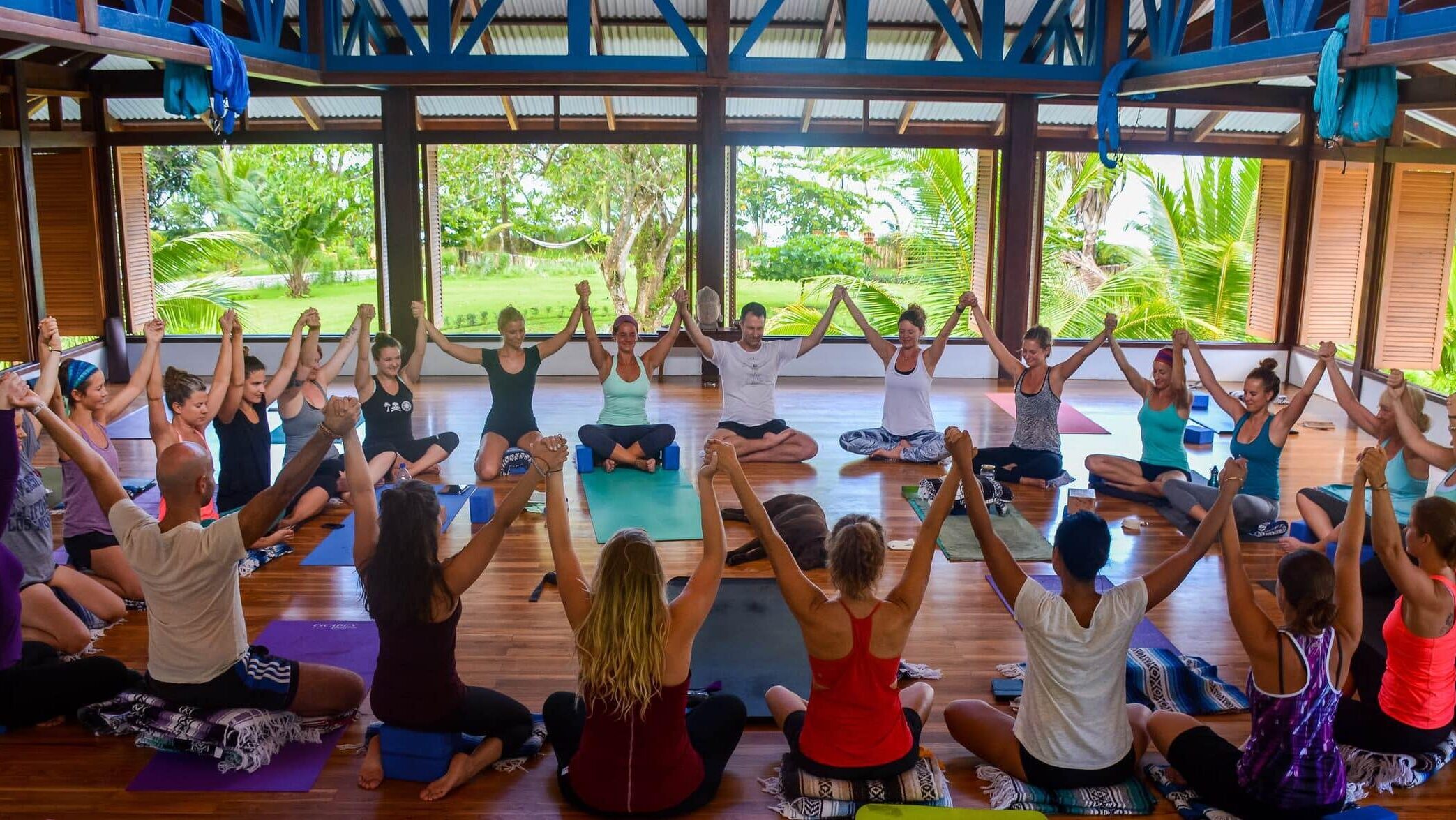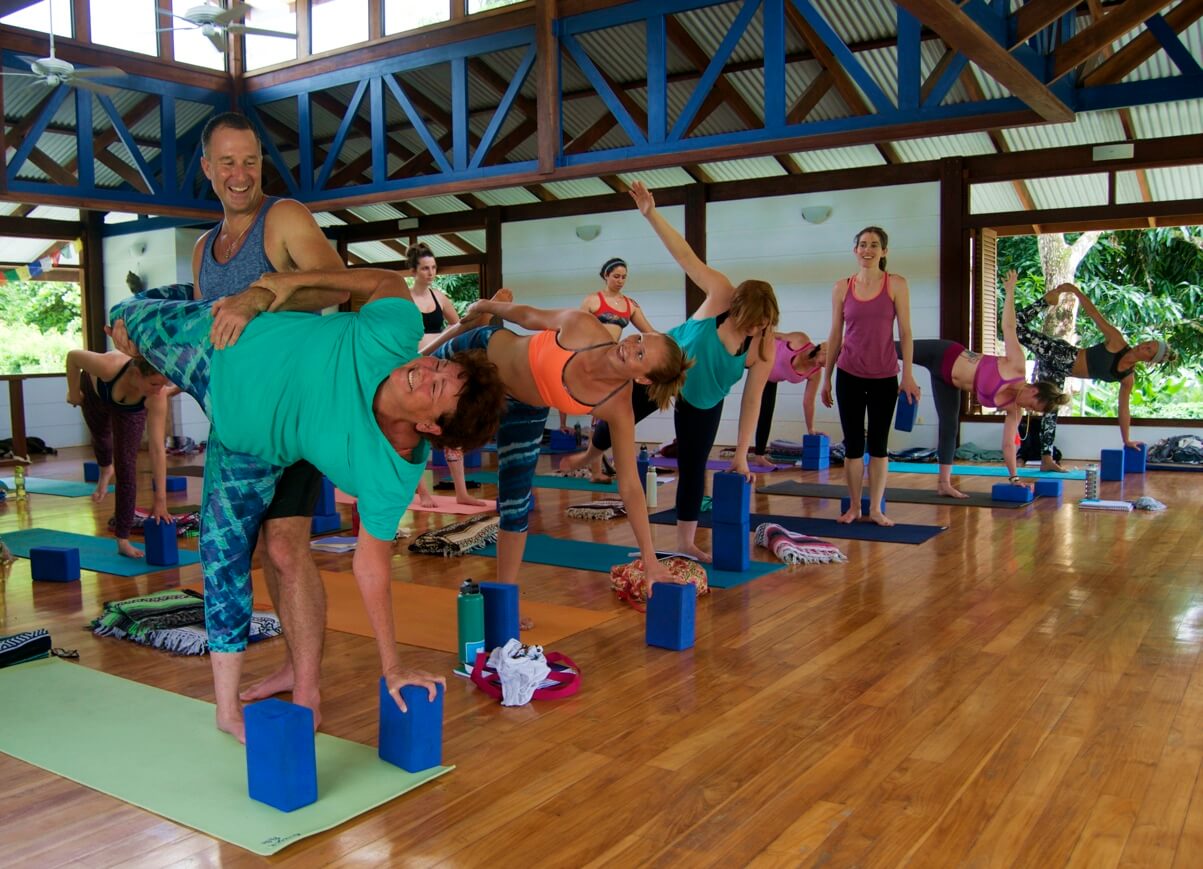There is nothing like the feeling of exhilaration, accomplishment, and confidence you get when you finally overcome a long-held fear.
And when you do, you get to experience incredible getaways in far off places such as Costa Rica.
But it’s not easy!
Believe it or not, Costa Rica is a great place to face some of those fears.
1. Fear of Flying
Fear of flying is one of the most common fears, even though it’s statistically the safest form of travel.
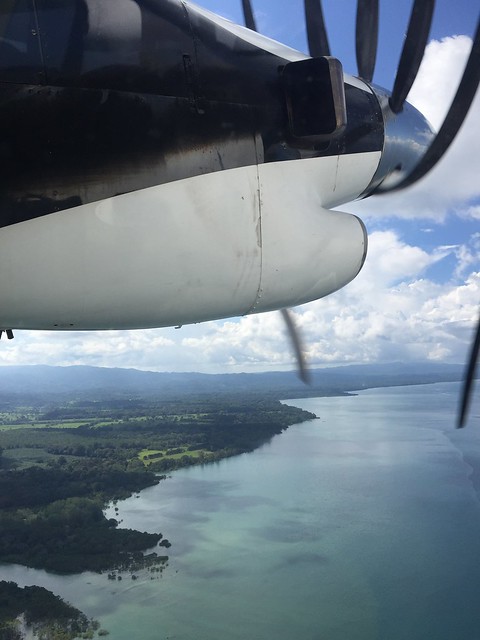
Obviously, you have to fly to get to Costa Rica. But, if you’re planning on going to some of the country’s more remote (and wondrous) locations, like the Osa Peninsula, you may also have to board a second flight on a much smaller plane with Nature Air.
This can make some people particularly anxious, but the flight is a short (40 minute) hop down south, so it’s over before you know it.
A look out the window should quell your flying fears pretty quickly. The view from these flights, especially the one down to the Osa Peninsula, is incredible. Acres and acres of lush green, mountainous jungle, and miles upon miles of sparkling blue and gold coastline as you descend onto your small airstrip. The view from above is really one of the best ways to see the country.
2. Fear of Heights
Fear of heights is another one of the most common fears, ranging from people who get a little nervous while hiking high-up canyons to people who can’t even board Ferris wheels.
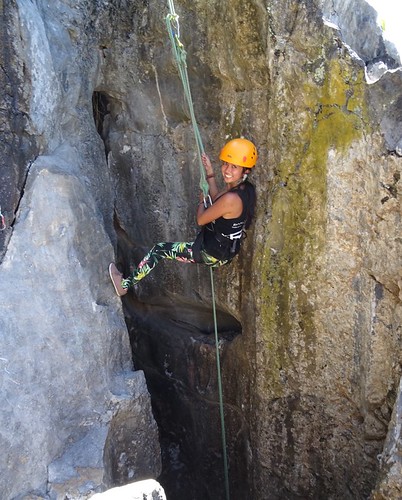
Teetering over the edge of a tall structure, looking down, and imagining the fall is certainly terrifying. But what if you could fly?
Costa Rica is known for its zip line adventures, which can be found all throughout the country’s rainforests and beaches. Many find the idea of doing one of these tours to be terrifying, but they are completely safe and offer truly remarkable views.
What better way to battle and overcome your fear of heights than to fly through the canopy of a beautiful rainforest, with 360-degree views of the serene natural landscape? After conquering the zip line and making it safely to the ground, a carnival ride will feel like child’s play.
3. Fear of Spiders and Bugs
The secret’s out: there are spiders and bugs in Costa Rica.
But the secret most people forget? They’re usually completely harmless! Even the more formidable spiders leave you alone. As the saying goes, they’re more afraid of you than you are of them.
You’re not going to find infestations of bugs in your room, but the little creatures are a part of everyday life outdoors. You learn to get used to, and even appreciate them. They’re an integral part of the beautiful ecosystem in this area, even if some of them do eat up the garden veggies.
I’ve become so comfortable with the beautifully colored and endearingly bizarre looking insects in Costa Rica that I will even pick them up and play with them sometimes. If you get squeamish around bugs, you’ll get over it real quick!
4. Fear of Snakes
Yes, there are snakes in Costa Rica, and yes, some of them are venomous.
But as long as you are careful (always carry a flashlight at night!), you will be okay. Costa Ricans are very knowledgeable and experienced when it comes to dealing with snakes – they can tell you in an instant whether or not a snake is dangerous, they know how to handle and remove them, and they know all the necessary precautions for avoiding them.
You will feel safe and protected from these common fears with your hotel staff and tour guides, and you’ll learn a lot! Their calm attitude and love for the local creatures will rub off on you, too.
You might even learn to marvel at the beauty of these serpents.
I’m a pretty fearless person, but I’ve always been very scared of snakes (even harmless little garter snakes!). However, since being in Costa Rica, I’ve learned to appreciate and respect them, and the information I’ve learned about them has helped me to fear them less. I even visited the local snake sanctuary and pet a boa constrictor!
Also, you should know that Costa Rica is one of the world’s leading researchers and producers of anti-venom. They are well-equipped and prepared to respond to emergencies! Luckily, I’ve never witnessed a situation where that was necessary.
5. Fear of the Dark
Are you afraid of the dark?
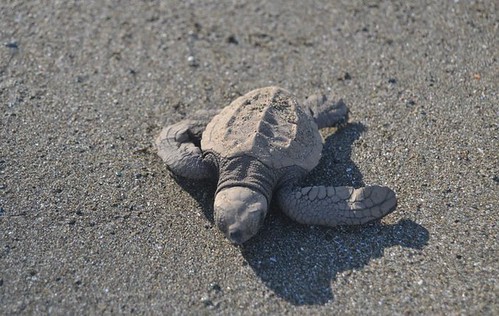
In Costa Rica, you might learn to love it.
Costa Rica is astounding enough by day, but night time is my favorite time in the rainforest. The pitch black dark provides some of the most incredible starry nights I’ve ever experienced – on some clear nights I’ve seen so many stars that their specks start to blend together into white blobs, and I’ve even been able to see the pink and orange hues of the milky way on numerous occasions.
Plus, you’ve always got hordes of magical-looking fireflies to light your way.
Some people are afraid of creatures that go bump in the night, but taking one of the country’s many night tours will introduce you to the country’s amazing nocturnal species, and the information you learn will put you at ease.
What are you waiting for? Your inner fearless travel warrior is waiting to be unleashed on these common fears. Book your trip to Costa Rica today.
About The Author
Elizabeth Aldrich is a lifelong traveler and freelance writer specializing in arts and entertainment, travel and lifestyle, and finance and business writing. She’s written for outlets as varied as Rawckus Music & Arts Magazine, Credit Karma, Sweden Tips, and Engadget. Elizabeth has a knack (read: obsession) for finding the best deals, travel hacks, and hidden gems everywhere she goes, which she blogs about at Temporary Provisions. You can find her playing the urban romantic in NYC, downing Stumptown coffee in her hometown of Portland, OR, or retreating from the madness in the rain forests of Costa Rica. To see more of her work, visit her at www.elizabethaldrich.com.
Book/Inquire Now
Got pain? This will help you!
YOU DESERVE TO LIVE PAIN-FREE...
Receive 7 short, simple, and effective practices to alleviate knee, hip, low back, neck, shoulder pain, and more!
All you need is 5 minutes per lesson and it's FREE!
This revolutionary approach to yoga is new, and no one else is teaching this! Since I created Applied Yoga Anatomy + Muscle Activation™ and started teaching it consistently, I've witnessed students heal long-standing injuries, access yoga postures they never thought possible, and tell me over and over again how their body just feels better.
I hope you'll join me on this journey!
~Yogi Aaron
Is Yoga Teacher Training Right For Me?
We Created This FREE 5 Part Series So You Can Get All The Information To Make The Right Choice.
In this series, you will learn:
-
- Am I a candidate for yoga teacher training??
-
- What will I learn in a YTT?
-
- Do I need to have a perfect downward dog to attend YTT?
14-Day 200-Hour Yoga Teacher Training in Costa Rica
If you are looking for a 14-day 200 hour Yoga Teacher Training Costa Rica Immersion, you have landed in the right place. Join the next one!
300-Hour, 28-Day Yoga Teacher Training
Do You Feel Called To Something Greater?
This 300-Hour Yoga Teacher Training immersion training at Blue Osa will immerse you in yoga for one month.
You will have the specific transformational skills and yogic practices you need in order to connect with your higher purpose.
And more! You will be able to offer these transformative skills to others!



